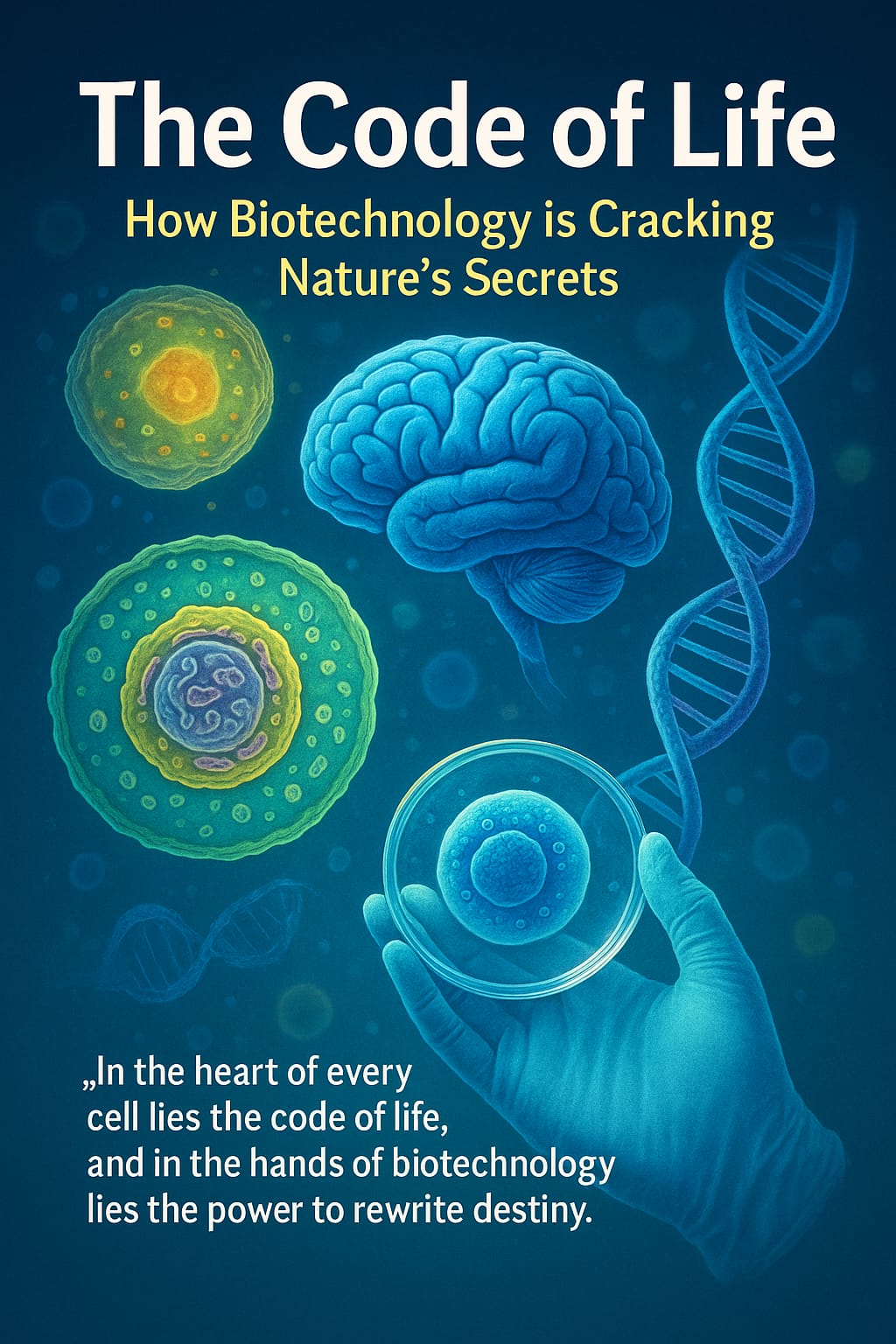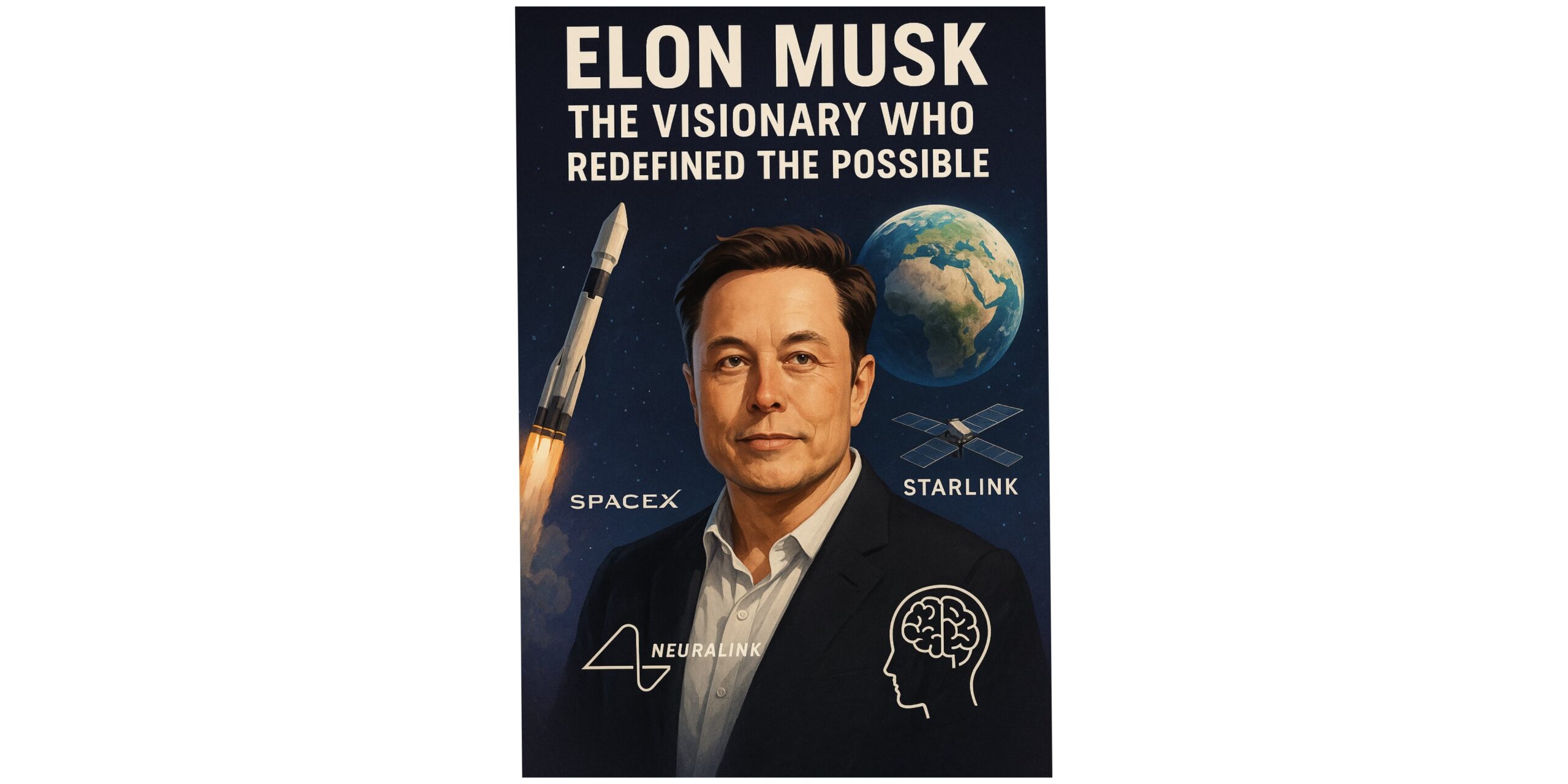🧬✨The Code of Life: How Biotechnology is Cracking Nature’s Secrets
May 23, 2025 | by priyanka Rathod

What could be more beautiful than witnessing the revolutionary advancements in biotechnology? In the past, detecting diseases was a major challenge. Many lives were lost simply because unknown illnesses remained undiagnosed until it was too late. But today, biotechnology has emerged as a key player in protecting the human body—helping us detect diseases early, understand them better, and even prevent them before they become fatal. It has opened a gateway to understanding every intricate detail of organisms at the cellular and genetic levels.
“Biology gives you a brain. Life turns it into a mind. But biotechnology shapes it into hope.”
One of the most fascinating discoveries I came across was the Hayflick Limit, identified by Leonard Hayflick in the 1960s. He discovered that somatic (non-reproductive) cells can only divide approximately 40 to 60 times before they stop dividing—a phenomenon known as cellular senescence. This limit suggests that every organism, including humans, has a built-in cellular clock that sets a maximum lifespan. For humans, this is estimated to be around 125 years. The shortening of telomeres, the protective caps at the ends of chromosomes, is believed to be the primary reason for this limit. Once these telomeres are critically shortened, cells lose the ability to divide further.
This brings up an intriguing question: What if science could prevent telomere shortening? Could we significantly extend the human lifespan? The idea is as exciting as it is profound—what if aging could be slowed or even reversed?
“The science of today is the technology of tomorrow.” – Edward Teller
Another groundbreaking development I read about was from South Korea, where scientists introduced a technology called REVERT. Unlike traditional cancer treatments like chemotherapy, radiation, or CAR-T cell therapies such as India’s NexCAR19—which is our first indigenously developed CAR-T therapy designed to destroy cancer cells—REVERT takes a different approach. It doesn’t aim to kill cancer cells. Instead, it seeks to reprogram them into a benign, non-cancerous state. This approach, called cancer reversion, targets the gene regulatory mechanisms that control cell identity and function. If successful, it could be a game-changer for millions of cancer patients across the globe.
“Biotechnology is not just about healing disease; it’s about understanding life itself.”
Biotechnology has already proven itself in several other fields as well:
- Genetic Engineering: Enhancing food crops by adding nutritional value.
- CRISPR-Cas9: Precise genome editing that opens new frontiers in medicine.
- Exosomes: Promising tools in targeted drug delivery and regenerative medicine.
- Designer Babies: Raising ethical debates but also holding potential for eradicating genetic diseases.
However, with great power comes great responsibility. Just as biotechnology offers tremendous benefits, it also carries risks. The misuse of biotechnology can pose serious threats to humanity and the environment. One example is biological warfare—many believe the COVID-19 pandemic, caused by the coronavirus, was a wake-up call. It swept across the globe, taking millions of lives and still remains a concern with new variants like JN.1 emerging.
Legal and ethical challenges also accompany biotechnological progress. For instance, using stem cells derived from embryos raises serious questions about the rights of the fetus and the unborn child. Issues like genetic privacy, consent, and biopiracy also demand attention.
“Technology without ethics is a ship without a compass.”
Ultimately, biotechnology is a powerful tool. Whether it becomes a boon or a bane depends on how we choose to use it. As responsible human beings, we must ensure that scientific progress serves the welfare of all living beings, not just human interests or profit motives. Moreover, we must protect the environment, because this planet is not only home to us, but to countless species of flora and fauna.
🌿 “In the heart of every cell lies the code of life, and in the hands of biotechnology lies the power to rewrite destiny.”
RELATED POSTS
View all
